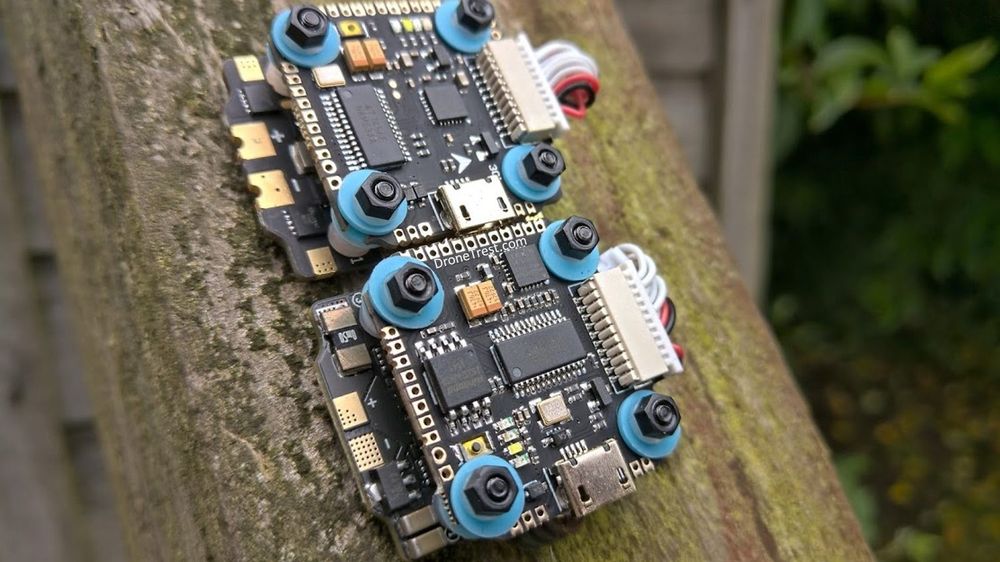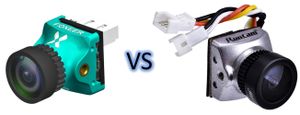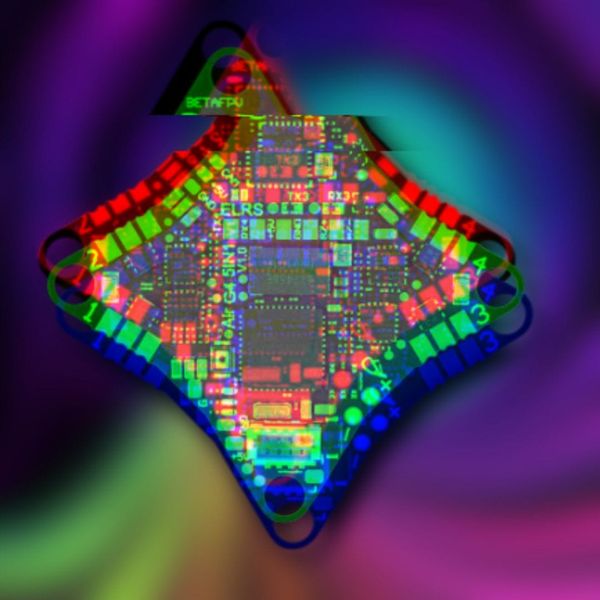Two good boards but what differences mean should you pick one over the other?
We all know that the F7 boards are faster than F4, after all the clue is in its name.
But what else is there to it?
F4 or F7 Processor
As mentioned, we know one is faster than the other but do we need all that extra processing power?
The answer is well, yes and no.
An F4 will run just fine on Betaflgiht 4.0.x but the more features you start to turn on, like the dynamic notch filtering, LEDs, GPS, the more you may find yourself running out of CPU.

Using an F7 means you have a lot more CPU room to turn on more features at the same time, while also giving your board headroom for new features in the future.
Say if you wanted a light weight 3 inch build, the F4 would do fine and the F7 would just be overkill.
Price
The Mamba F4 stack is quite abit cheaper than the mamba F7 flight stack, so if price is importnat to you then the Mamba F4 wins this one easily. But its not entirely fair to compare them just on price alone:
The Mamba F7 boards are more expensive, but it is not just because they use a faster F7 CPU. The F7 stack includes Bluetooth built in, so you can wirelessly connect to your phone to change settings when you do not have a PC nearby, this can be super useful.
The Mamba F7 stacks also use bigger more expensive ESC that runs BLheli_32 vs BLheli_S on the F7 stack. In adddition the F7 includes a 50A ESC, while the F4 uses a 40A.
So when it comes to price, I would argue both offer great value for money when you consider what you are getting. But if you are on a tight budget, the Mamba F4 stack is the one to go for right now.

Where to Buy
UARTS
Now here’s something else that could sway your decision.
The F7 has 6 👍
The F4 has 3 😟
But that’s no all. The F4 boards rely on hardware inverters on 1 or maybe 2 of its UARTS to work with SBUS or SmartPort, limiting what and were you can connect some of your ports too.
The F7 processor has built-in inverters on all its UARTS so you can connect any device to any UART, a massive bonus if you are doing a particularly complex build.
BEC
The BEC or Battery Elimination Circuit is just a fancy way of saying voltage regulator. It drops the input voltage of the FC (3-6S on both boards) down to a lower voltage so that the Rx’s, VTX’s etc can use them. However, these have amp limits. Pull too many amps and you kill the BEC and what ever is connected to that supply will lose power or just die.
The F7 has a 5V 2A and 9V 2A BEC….. LOADS of power.
The F4 has a 5V 1.5A. This should still be enough, but you may want to watch what you are pulling. 🤞
Weight
Some how they both weigh 6g.
Bonus points
Now this is where the F4 mamba just can’t keep up.
The F7 board can control 4 Sets of 2812 LEDs. So if you like you can light up those builds.
The F7 also has built in Bluetooth which means you can connect to the FC using the SpeedyBee App on your phone and make in field changes.
So which Stack then?
Either really its up you and your requirements. In terms of flight performance, with the current version of BetaFlight it is hard to tell the two apart in the air, it ultimately just comes down to features you want and your budget for your particual quad build. Bottom line, both stacks are excellent.
I tend to default to a F7 for 5/7 inch builds but F4 on smaller builds where you dont have just as much stuff you want to hook up.
Thanks for reading, and if you have any questions, suggestions or just want to meet some like minded FPV pilots, be sure to head over to dronetrest.com and say Hi 👋










